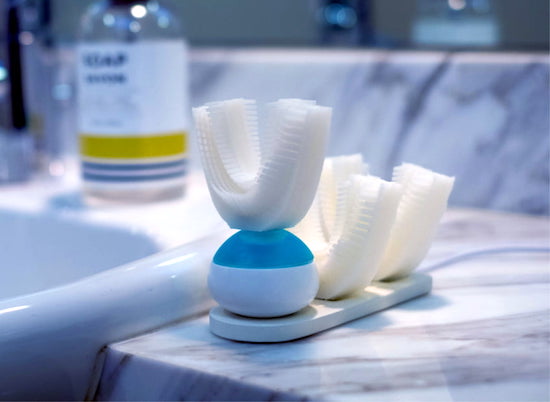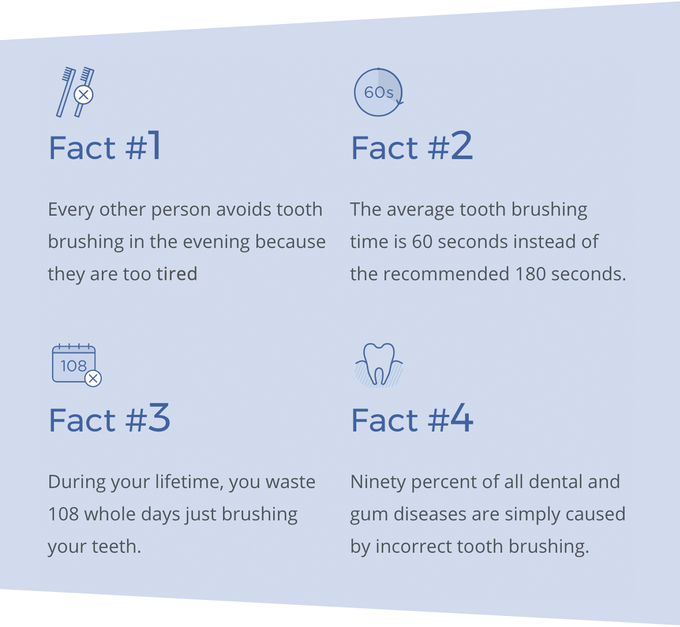Does Insurance Cover Dental Implants?
Dental implants are one of the most highly recommended treatments for missing teeth. They offer a long list of benefits, from promoting healthy bone structure to everyday comfort. However, this...

A toothbrush has captured the internet’s attention – that’s right, a toothbrush. But this one doesn’t look like anything you’ve ever seen before.
It’s called Amabrush, and it’s the world’s first automatic toothbrush. This tool aims cut the time you spend brushing each day down – way down. Instead of brushing for two minutes twice a day, this device only takes about ten seconds per cleaning. The Amabrush looks like a night guard with bristles inside it. The mouthguard piece is attached to a round handle to allow you to position it in your mouth. The device then supposedly brushes all your teeth at once, covering every surface and doing it in record time.
The device was funded via online platform Kickstarter, and is now available for preorder. But while this might sound like a welcome break from tedious brushing, how can you tell whether it’s actually going to work?
We’ve detailed our thoughts on this device below – and, as you can probably imagine, a brushing device that hasn’t been thoroughly studied by the American Dental Association and other qualified experts isn’t going to get our professional approval. But this is a great jumping off point for a discussion about how to make your brushing better – read on for our advice.
With continuing advances in technology, automation continues to play new roles in our lives – from self-checkout machines at the grocery store to the not-so-distant prospect of self-driving cars. People love automation because it improves their lives and frees up their physical and mental energy to spend on more appealing tasks. Freedom from tedious but necessary jobs, and more time to spend on things we love = near-universally appealing.
On the surface, this brushing device sounds pretty promising. It addresses many of the issues you’d expect from a stock brushing device, offering innovations like these (according to the marketing materials):
But there’s still a problem: the device isn’t made on an individual basis. Sure, the creators say they analyzed over 2,000 different jaws from adult men and women, and accommodate differences between jaws with the flexible mouthpiece. But our teeth are different, and it’s hard to understand how this could clean as well as a toothbrush.
We get the benefit of removing room for human error – but Amabrush doesn’t seem like it’s the be-all, end-all for automated brushing.
The larger problem here is that people hate brushing – and oral hygiene in general. Amabrush offered some of the following stats –

Via Amabrush
Clearly, we’re not doing great at brushing consistently. And with all the other responsibilities you have to finish ever day, it’s easy to understand how brushing falls by the wayside. With few of us feeling like we have time to spend on ourselves, self-care is the last thing on our minds. But your oral health shouldn’t suffer as a result.
What works for one person might not work for everyone – but there’s a chance that at least one of these tips will prove helpful. Try them all and see what sticks!
Looking for more guidance? Just get in touch!